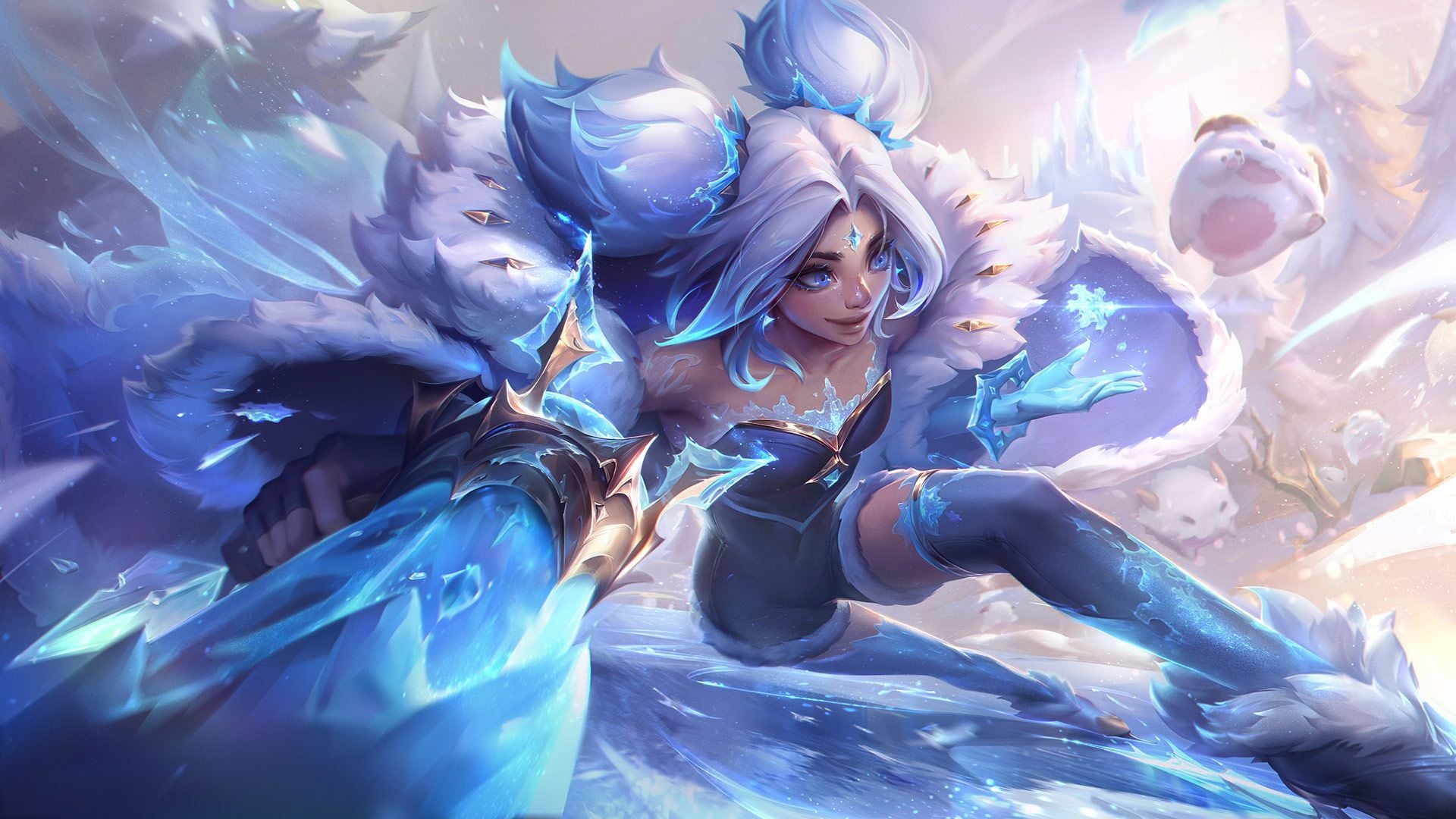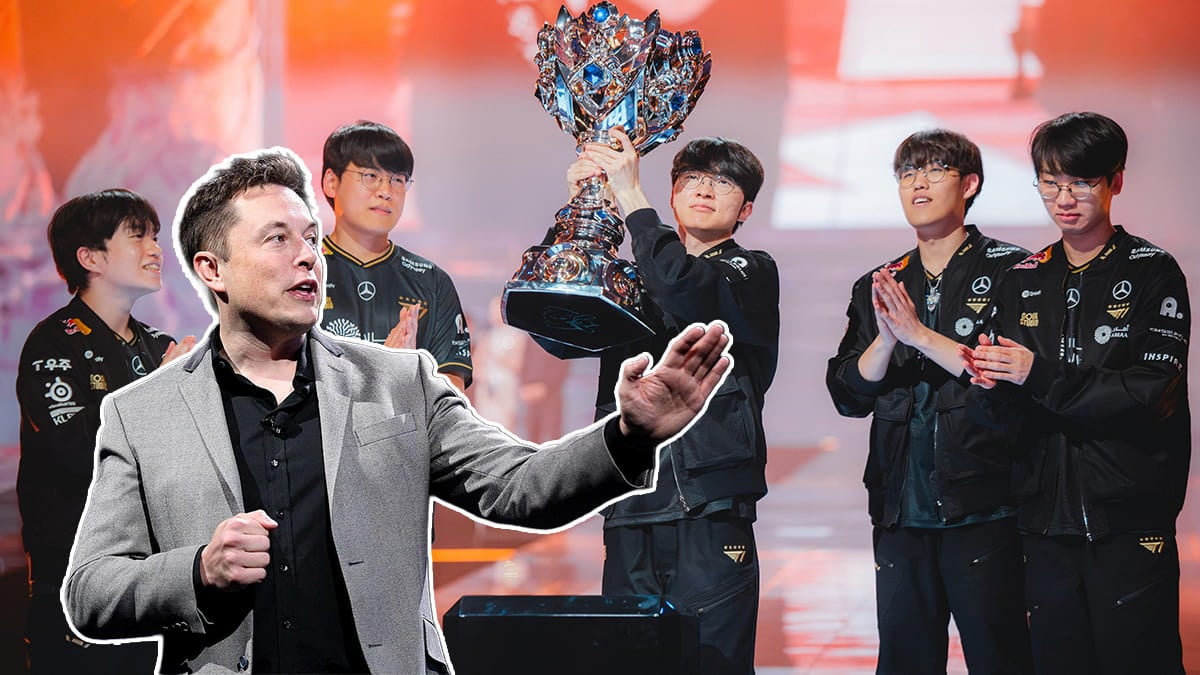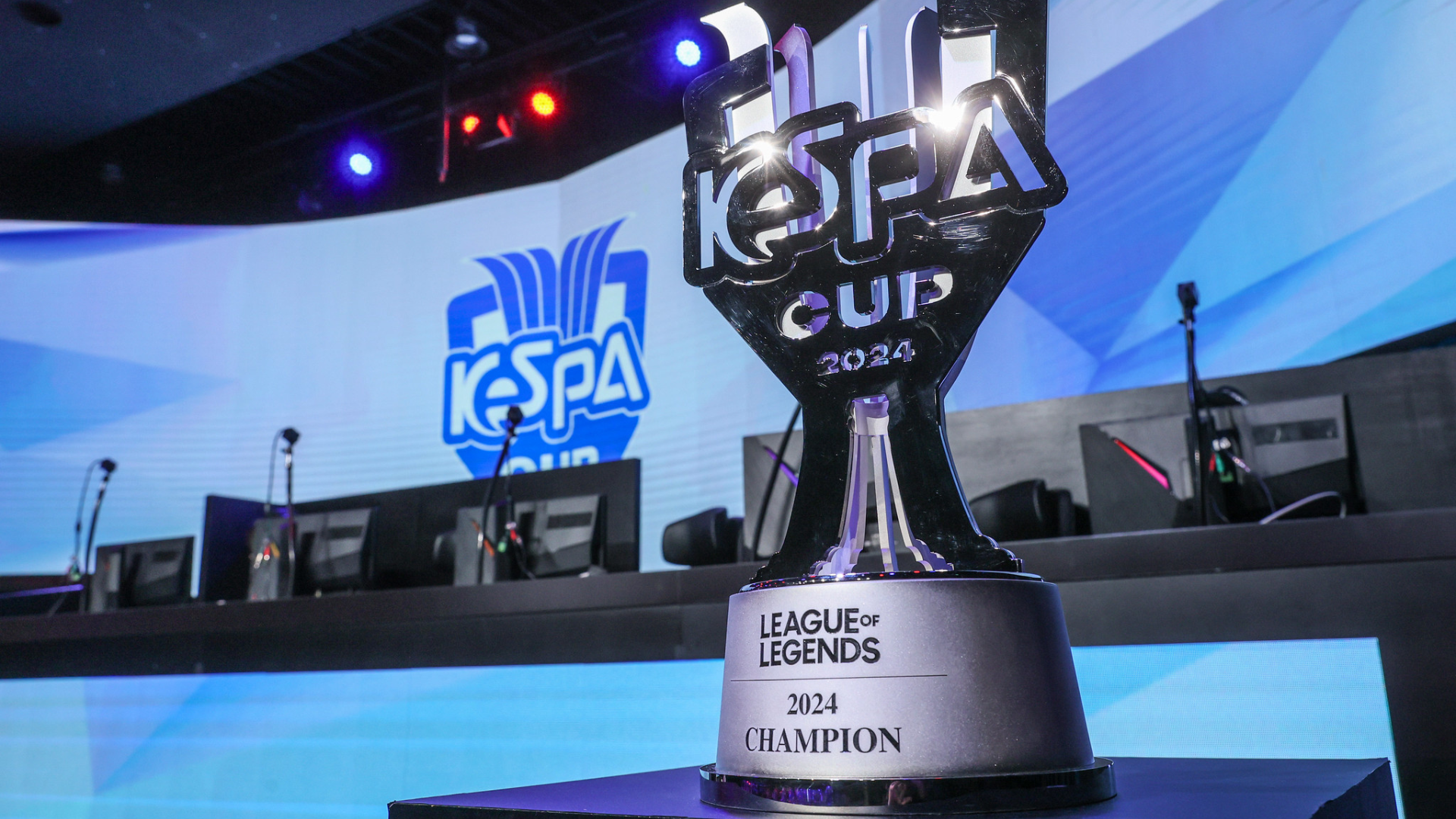The burgeoning streaming industry found itself in one of its first and biggest legal quagmires over the past month. The curious case centered around a stream called SpectateFaker, which broadcasted the live gameplay of one of League of Legends’ top pros, Lee “Faker” Sang-hyeok. He did this using free tools provided by the game’s own developer, Riot Games.
The problem? Streaming website Azubu has exclusive rights to broadcast Faker’s personal games. So Azubu did something that surely seemed fine in a purely logical, corporate sense: It issued a DMCA takedown notice. However, the actual copyright to any League of Legends gameplay is owned by Riot, per its Terms of Service that all players must agree to. Azubu’s clear overreach backfired almost immediately, with many in the community reacting furiously.
We’re guaranteed to see unintended consequences.
Still, the issue remained, did SpectateFaker have the right to stream another person’s games?
As more and more people weighed in—from lawyers to players to journalists to even Marc Merrill, one of Riot’s founders—it was clear that there was no easy solution.
Finally, at the end of February, the issue finally found something of a resolution. Merrill issued a final statement on the matter, outlining an official policy to take down streams when Riot or any individual player believes harm is being done, whether financial or otherwise (such as streaming another player’s games to somehow bully them).
As such, Merrill stated that the company will allow claims to be filed from player experiencing “harm” from a stream. Riot will also look into introducing a technical solution to the problem, which might include the ability for players to hide games from being spectated.
This ruling sets a clear stance from Riot, but it also introduces some long-term implications for where the streaming industry is heading, especially for those playing League of Legends. And while the recent decision by Riot might make streaming issues easier to handle in the short term, it could end up being only an obstacle as esports continues to grow.
1) The Streisand Effect
Until a couple weeks ago, SpectateFaker wasn’t a popular stream. But by launching a DMCA takedown notice, which in turn infuriated a large part of the community, Azubu inadvertently informed damn near everybody in the esports industry about the stream.
The community became polarized—some were avidly defending SpectateFaker’s right to stream, while others (including Merrill) called him out for “bullying” and harming Lee’s bottom line. This shove into the spotlight essentially mirrored the now-famous lawsuit, in which Barbra Streisand sued a photographer to take down images of her house from the Internet. This simple act resulted in over 100,000 times more people seeing the photos—hence the term, “Streisand effect.”
Did SpectateFaker have the right to stream another person’s games?
Likewise in this case, SpectateFaker’s popularity took a similar massive upswing, and his Twitch followers numbered over 45,000. Almost every post made about his stream hit the League of Legends subreddit’s front page, and mods had to create a meta-thread to keep even more from popping up. Almost every esports news outlet gave the situation coverage—it even got its own political cartoon.
Azubu, which aims to compete with the leading esports streaming site, Twitch, doesn’t need this kind of bad PR. And it could have both predicted this might happen and handled the situation with more care. It should have reached out to Riot to develop a policy before delivering a DMCA notice. If it had been able to get Lee and his team to post publicly that they’d like the stream taken down, that alone might have been enough to stop the stream.
2) Determination of Harm
Riot’s new stance allows any player who feels targeted and damaged to submit a claim, and if Riot agrees, it’ll take down the stream. In this case, with SpectateFaker targeting a specific player, it’s easy to identify “harm,” at least in the financial sense.
Azubu inadvertently informed damn near everybody in the esports industry about the stream.
But there’s an obvious workaround. What if, instead of streaming one player’s gameplay, a stream focused on the gameplay of anyone playing at the highest levels of League of Legends? Even if every player on this channel were a popular streamer, you could easily argue that it didn’t target anyone, possibly negating any damage claims.
There’s already a channel similar to this: SaltyTeemo. It only streams low-level player games, with names removed, and it doesn’t target any specific players. Merrill actually called out this channel as a good example of the type of stream that Riot wouldn’t act against.
Riot’s rulings on this entire issue seem to only address the specific case of SpectateFaker, while potentially causing any number of unintended consequences for the community. SpectateFaker exclusively targeted Lee’s games, and it only became an issue because one of Lee’s main sponsors was a rival of the site where the games were hosted. The metrics Riot uses to find harm are unclear when applied to the majority of players. Few players are as notable as Lee, and fewer still are likely to have streaming sponsorship that sparks a direct conflict.
3) Incidental harm
Another problematic issue is what we’ll call “incidental harm.” This is when someone streams another player’s gameplay on a consistent enough basis to cause harm by accident. Here’s a scenario:
Player A and Player B are of similar skill levels and both are avid streamers that stream at the same time zone. However, Player A streams on Twitch, but Player B streams on Azubu under an exclusive contract. They play each other often enough that fans associate the two players, and primarily go to Player A’s stream to watch both players, even if Player B is streaming at the same time. In essence, Player A receives increased stream revenue simply because he has Player B in his games.
This kind of situation isn’t too difficult to fathom (in fact, Twitch’s userbase compared to Azubu is a large part of why SpectateFaker existed in the first place). But per Riot’s new policy, it appears that Player B would have no recourse, because it isn’t specifically targeted.
Even if Player B tried to change their stream times, and Player A “mysteriously” changed their times as well, proving intentional harm would be incredibly difficult in this situation.
4) Replays
It’s important to look at how these legal issues will affect the future of the industry, especially where League of Legends is concerned. Indeed, Riot’s own development plans could cause the ruling to inflict serious harm on the game’s fans.
Riot has long promised it’s been working on a replay function, which would allow players to record their own games, then watch them to learn or share them to others. This feature falls in line with the existing live spectating feature, and would be a great way to teach and entertain other League of Legends players. In StarCraft 2’s community, these replay files are shared far and wide, and are used constantly within the streaming and esports industries.
If implemented similarly to StarCraft 2, the function would allow a player in a game against a pro to save a copy of the game. They could upload this video or stream it any time they wished. They could also share it and allow others to stream and further propagate the gameplay file. It’s not hard to imagine someone creating a database that tracks and archives these replay files, giving broad access to every pro’s games.
Right now, SpectateFaker and any similar streams that would show another’s gameplay relies upon that person actively playing. But replays would eliminate this restriction, meaning that at any time, a pro’s best games or “top moments” would be available for another to stream. This means a professional streamer wouldn’t just have to compete against someone else streaming their gameplay, but against themselves at their most entertaining.
If Riot doesn’t budge from its rushed decision on the SpectateFaker issue, we’re guaranteed to see unintended consequences in its wake. And either way, it’s only a matter of time until the next major legal battle rocks the streaming industry.
Illustration by Max Fleishman












Published: Mar 10, 2015 12:49 pm